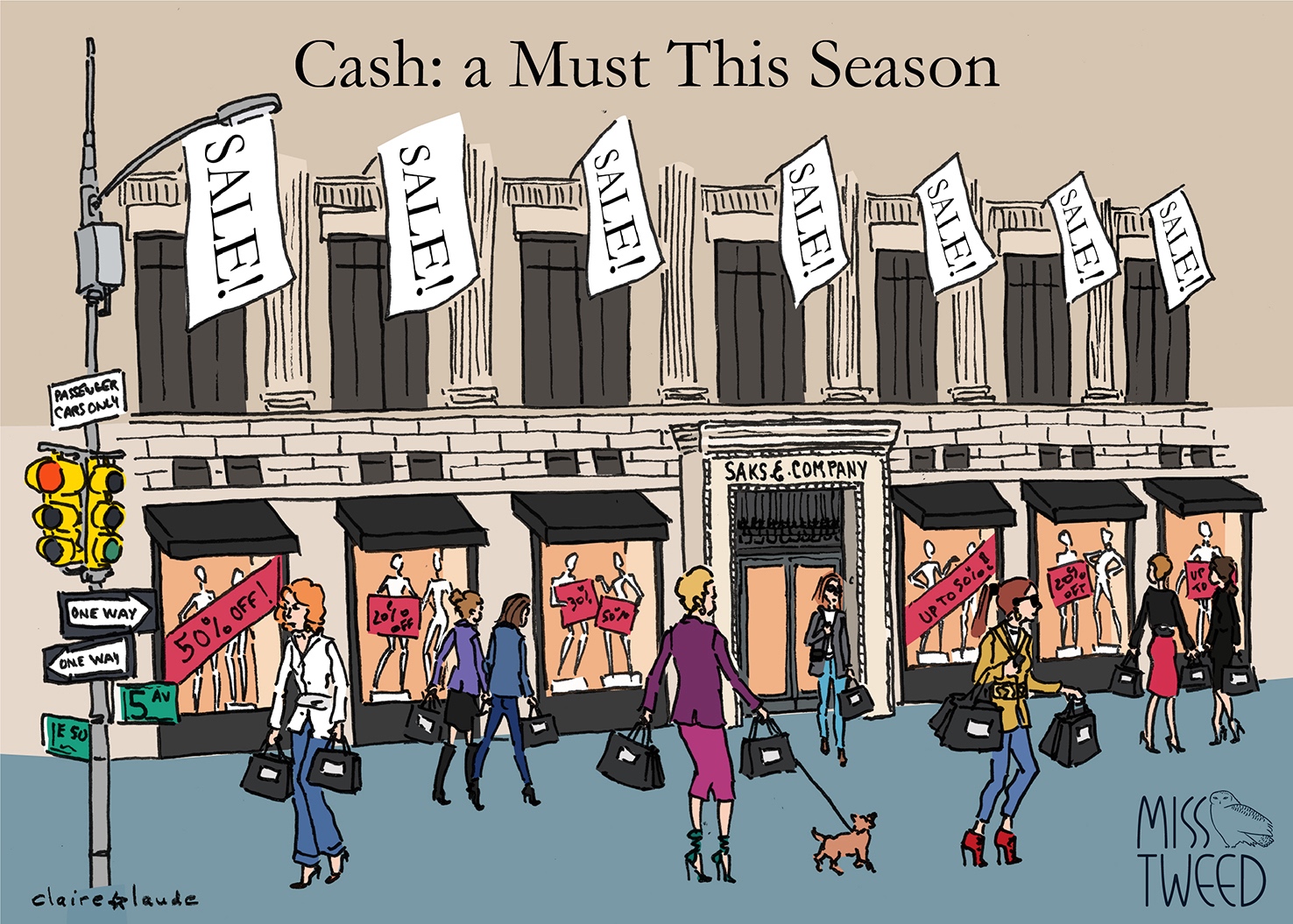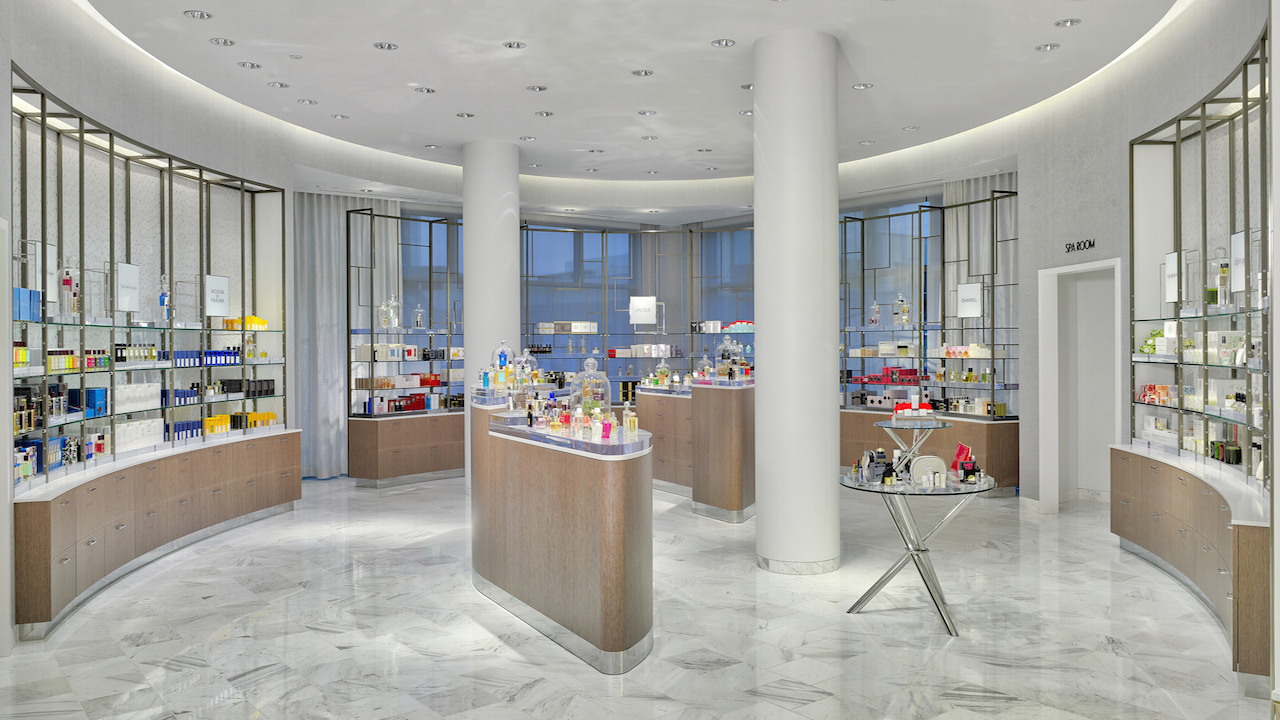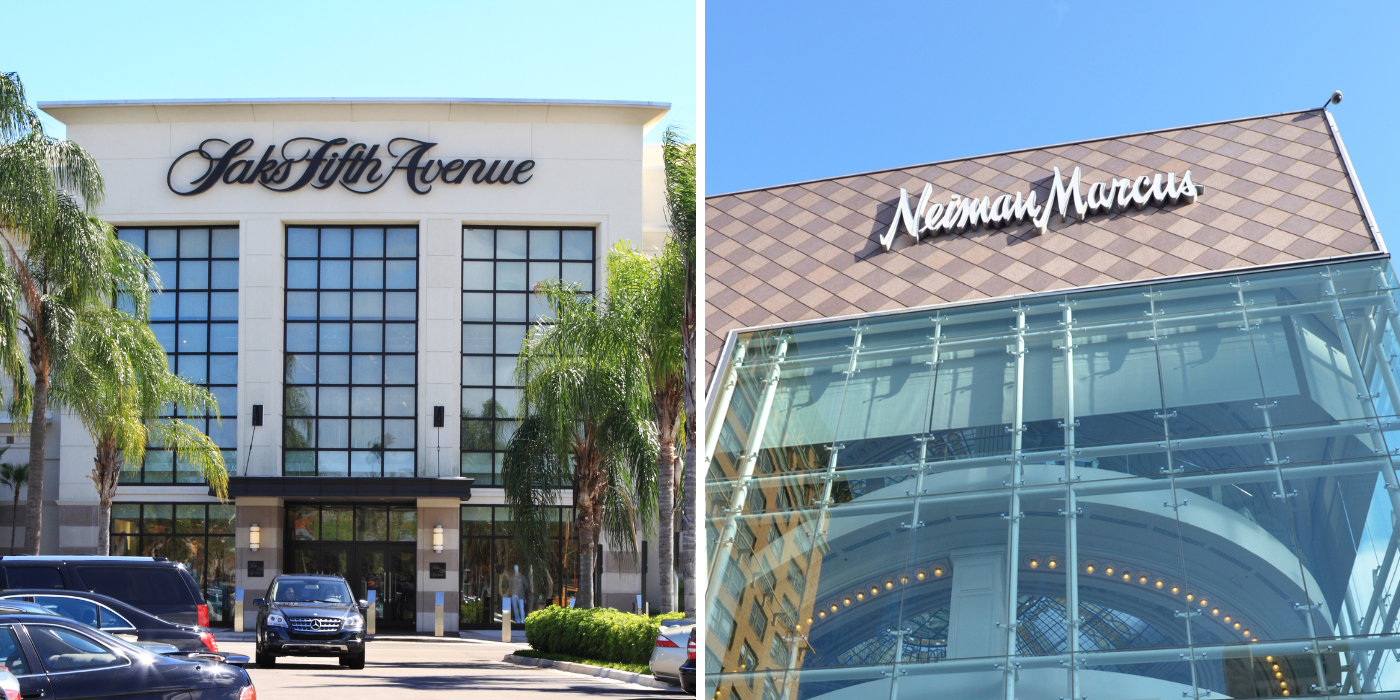Saks Fifth Avenue’s Acquisition of Neiman Marcus

Saks buying neiman marcus – Saks Fifth Avenue’s acquisition of Neiman Marcus in 2020 marked a significant consolidation within the luxury department store sector. The deal was driven by several strategic considerations aimed at enhancing the combined entity’s competitive position and driving long-term growth.
Synergies and Challenges of the Merger
One key rationale behind the acquisition was the potential for cost synergies. By combining operations, Saks and Neiman Marcus could eliminate duplicate functions, streamline supply chains, and optimize inventory management. This was expected to lead to significant cost savings, which could be reinvested in enhancing the customer experience or expanding the combined store network.
Another important aspect of the merger was the complementary nature of the two brands. Saks Fifth Avenue has a strong presence in major urban centers, while Neiman Marcus has a loyal customer base in suburban and resort markets. By combining their strengths, the merged entity gained a broader geographic reach and a more diverse customer base.
However, the merger also presented several challenges. Integrating two large and complex organizations is a complex and time-consuming process, and there was the potential for disruptions to operations during the transition period. Additionally, the two brands had distinct cultures and customer profiles, which required careful management to ensure a seamless integration.
Saks, the luxury department store, made a bold move by acquiring its rival Neiman Marcus, creating a formidable force in the retail industry. This strategic merger brought together two iconic brands, solidifying their position as leaders in the fashion and luxury market.
Saks and Neiman Marcus now offer an unparalleled selection of designer goods, exclusive collaborations, and exceptional customer experiences, further enhancing their reputation as premier destinations for discerning shoppers.
Impact on the Competitive Landscape
The acquisition of Neiman Marcus by Saks Fifth Avenue significantly altered the competitive landscape of the luxury department store industry. The combined entity became the largest luxury department store chain in the United States, with a portfolio of over 400 stores across North America. This gave Saks a formidable competitive advantage against its rivals, such as Nordstrom, Bloomingdale’s, and Bergdorf Goodman.
The merger also raised questions about the future of the luxury department store model. With the rise of online shopping and the growing popularity of off-price retailers, traditional department stores have faced increasing pressure in recent years. The acquisition of Neiman Marcus by Saks Fifth Avenue could be seen as a defensive move to consolidate market share and protect against potential disruption.
In a bold move, Saks recently acquired Neiman Marcus, creating a retail powerhouse. The combined entity, now known as Saks Fifth Avenue Neiman Marcus , boasts an unparalleled portfolio of luxury brands and an extensive retail footprint. Saks’ acquisition of Neiman Marcus marks a significant milestone in the industry, consolidating the market and creating a formidable competitor.
The Impact on the Luxury Retail Market

The merger of Saks Fifth Avenue and Neiman Marcus is expected to have a significant impact on the luxury retail market. The combined entity will create a formidable competitor to other major luxury retailers, such as Nordstrom and Bloomingdale’s. The merger will also give Saks Fifth Avenue and Neiman Marcus a greater ability to negotiate with designers and vendors, which could lead to lower prices for consumers.
Competition with Other Luxury Retailers
The Saks-Neiman Marcus merger will create a luxury retailer with a national footprint and a strong online presence. The combined entity will have over 400 stores in the United States and Canada, and its online sales are expected to grow significantly in the coming years. This will give Saks Fifth Avenue and Neiman Marcus a competitive advantage over other luxury retailers, such as Nordstrom and Bloomingdale’s, which have a smaller store base and a less developed online presence.
Impact on Consumer Shopping Behavior
The Saks-Neiman Marcus merger is also expected to have a significant impact on consumer shopping behavior. The combined entity will offer a wider range of products and services than either retailer could offer on its own. This will give consumers more choices and make it easier for them to find the perfect item for their needs. The merger will also create a more seamless shopping experience for consumers. They will be able to shop at either Saks Fifth Avenue or Neiman Marcus stores, and they will be able to use the same rewards program and credit card at both stores.
Impact on Brand Loyalty
The Saks-Neiman Marcus merger is likely to have a mixed impact on brand loyalty. Some consumers may be loyal to one of the brands and may not be interested in shopping at the other store. However, other consumers may be drawn to the combined entity’s wider range of products and services. It is also possible that the merger will create a new generation of loyal customers who are attracted to the combined entity’s unique offering.
The Integration of Saks Fifth Avenue and Neiman Marcus: Saks Buying Neiman Marcus

The integration of Saks Fifth Avenue and Neiman Marcus presents both challenges and opportunities. To ensure a smooth transition and maximize the benefits of the merger, a detailed integration plan must be developed and executed. This plan should address key areas such as store consolidation, inventory management, and customer service, while also considering the challenges and opportunities associated with merging two distinct corporate cultures.
Store Consolidation
One of the most immediate challenges facing the combined company will be store consolidation. Both Saks Fifth Avenue and Neiman Marcus have a significant number of stores in overlapping markets. To optimize operations and reduce costs, it is likely that some stores will need to be closed. The decision of which stores to close will be complex and will need to consider factors such as sales volume, profitability, and location.
Inventory Management, Saks buying neiman marcus
Another key area that will need to be addressed is inventory management. Saks Fifth Avenue and Neiman Marcus have different inventory systems and processes. To ensure a seamless transition, the combined company will need to develop a new inventory management system that is efficient and effective. This system will need to be able to track inventory levels across all channels, including stores, online, and mobile.
Customer Service
Customer service is a critical component of the luxury retail experience. Saks Fifth Avenue and Neiman Marcus have different approaches to customer service. Saks Fifth Avenue is known for its personalized service, while Neiman Marcus is known for its more formal approach. The combined company will need to develop a customer service strategy that combines the best of both worlds.
Corporate Culture
Merging two distinct corporate cultures can be a challenge. Saks Fifth Avenue and Neiman Marcus have different histories, values, and ways of doing business. To ensure a successful integration, the combined company will need to develop a new corporate culture that is inclusive and respectful of both sides.